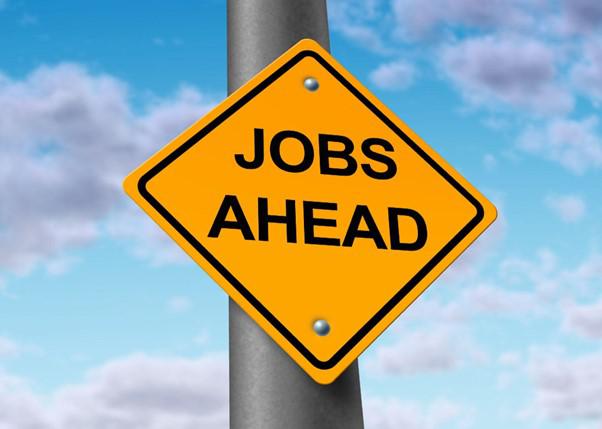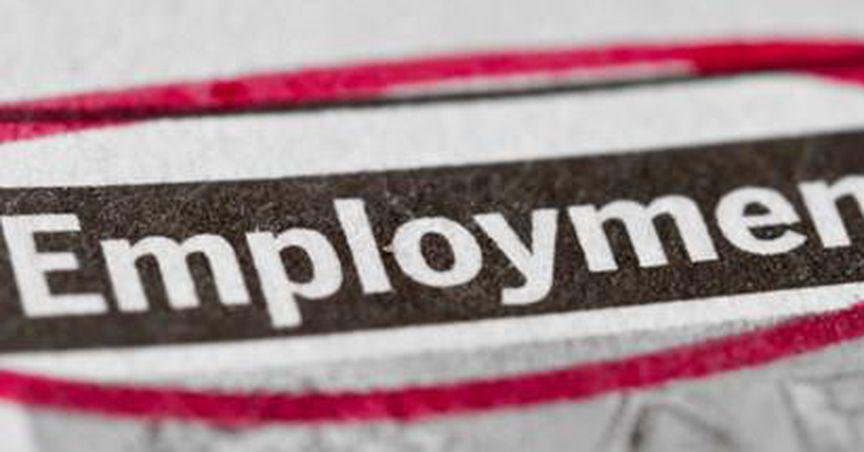Highlights
- Australia’s underemployment rate has fallen to a 14-year low; underutilisation rate is also running at a 40-year-old low.
- Businesses are looking for ways to optimise their business. Amid the pandemic, many left their jobs because of health issues, and many were immigrants.
- Ironically, employers are still struggling with a skilled workforce even when the jobless rate is running at a 50-year-old.
Australia is under immense pressure from rising inflation, followed by an increase in the cash rate. However, amidst the pyramid of the many heart wrenching news recently, there’s one intriguing factor capturing headlines- Australia’s unemployment rate has fallen to 3.9%, a 50-year low.
Australia’s tight job market
The Australian Bureau of Statistics (ABS) releases its monthly data on the unemployment rate. Recent data reveals that since April, the rate has been around 3.9%. A similar unemployment rate has not been seen in Australia since 1974.
The unemployment rate hit a 50-year low in April at 3.9%. However, the unemployment rate should have fallen further in May because around 60,600 extra people were employed in the previous month, driven entirely by full-time jobs. But the unemployment rate remained the same because about 7,800 people entered the labour market.
More importantly, the underemployment rate has also fallen to a 14-year low. Thus, ensuring that people are not only employed but optimally employed. Additionally, the underutilisation rate is also running at a 40-year-old low.
So, the record fall in unemployment, underemployment and underutilisation seems like a golden opportunity for Australia to revive its economy from the economic barriers caused due to the pandemic and other global factors.
However, is it a true black and white picture? Or are we missing some grey area here? Let’s see-

Source: © Skypixel | Megapixl.com
Diving deeper into current job market situation
The 3.9% data was released around the time of the federal elections. So, the Morrison government had said that their Covid-19 and other economic plans had worked well as more and more Aussies are now employed.
However, the Labor party challenged the Morrison government that the increase in employment was not merely about the success of the previous government’s economic plans, rather it is because of skyrocketing household expenses. People are looking for jobs (any job) to pay off their rent, bills and other essential expenses.
Besides, Covid-19 disrupted the global and domestic economy. Thus, businesses are now looking for ways to optimise their business. Amid the pandemic, many people left their jobs because of health issues, and many were immigrants.
So, now as the gruesome effects of the pandemic are settling down, employers are again on the hunt for the skill set required to boost their business. And ironically, even when the jobless rate is running at a 50-year-old, employers are still struggling with a skilled workforce. Thus, an effective way of matching the employment vacancies and required skills becomes the hour's need.





